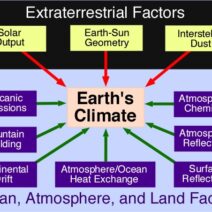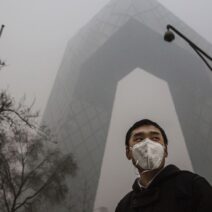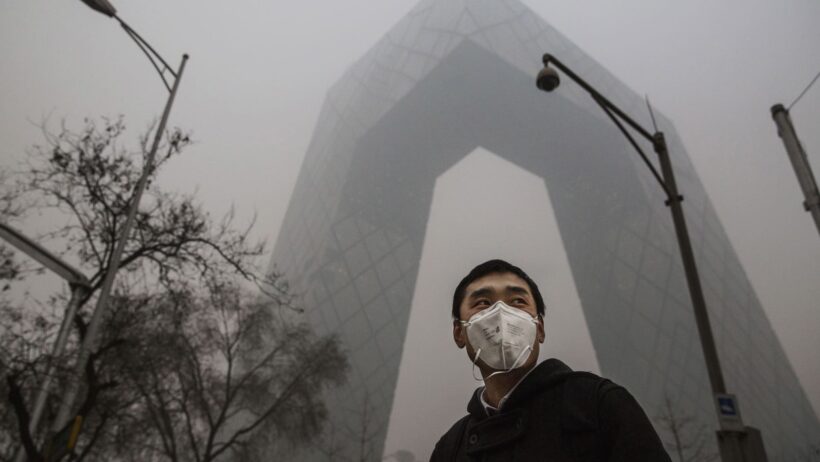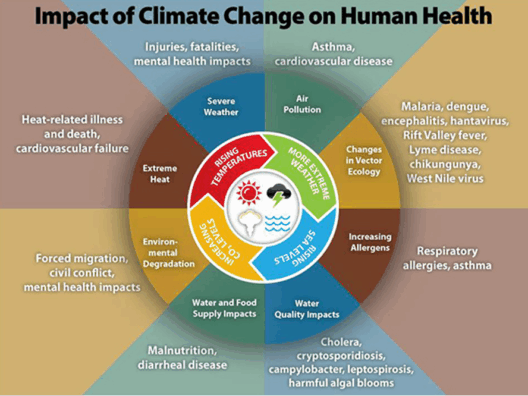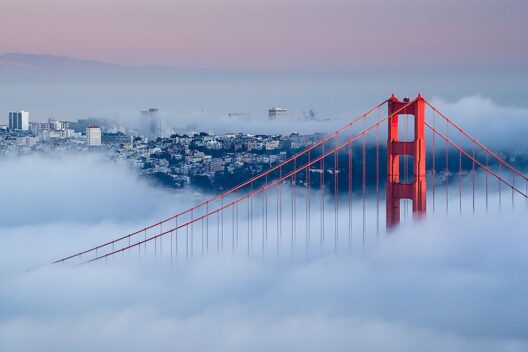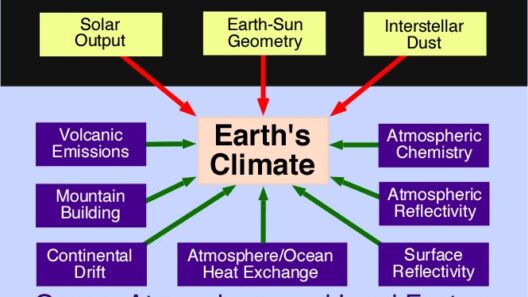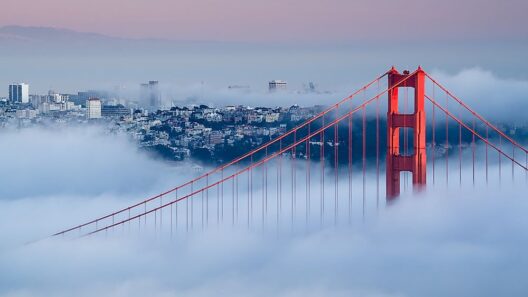The Paris Climate Agreement represents a significant milestone in global efforts to combat climate change. Adopted by nearly every nation at the 2015 United Nations Climate Change Conference (COP21) in Paris, this landmark accord seeks to align the collective actions of countries around a common goal: limiting global warming to well below 2 degrees Celsius above pre-industrial levels, with an aspirational target of keeping it to 1.5 degrees. This ambitious framework not only underscores the urgent need for action but also illuminates the pathways toward a sustainable future.
Embodying a paradigm shift, the agreement acknowledges the interdependence of nations in addressing climate issues. It advocates for a collaborative approach, wherein countries commit to national climate pledges known as Nationally Determined Contributions (NDCs). Each nation is tasked with formulating its strategies to mitigate greenhouse gas emissions, tailored to its capabilities and contexts. This flexibility is pivotal, as it allows for a bespoke response, accommodating diverse economic realities, technological capacities, and socio-political environments. Rather than imposing a one-size-fits-all solution, the agreement encourages ingenuity and local accountability.
At its core, the Paris Agreement instills a spirit of transparency and mutual accountability among participating nations. Countries are mandated to report on their emissions and progress towards their NDCs, fostering a culture of trust and cooperative scrutiny. The regular assessment of these contributions, set to occur every five years, is intended to catalyze enhanced ambition over time. This cyclical review process not only holds nations accountable but also serves to galvanize public and political support for climate initiatives, thereby reinforcing the importance of sustained action.
Furthermore, the accord recognizes the necessity of financial support for developing countries, acknowledging that those less equipped to adapt to climate change often bear the brunt of its impacts. The agreement outlines a commitment from developed nations to mobilize $100 billion annually by 2020, extending through to 2025. This funding is critical for facilitating technology transfer and building capacity in vulnerable regions, ensuring that no country is left behind in the pursuit of sustainability.
Importantly, the Paris Agreement transcends mere environmental concerns; it is a comprehensive pact that intertwines ecological preservation with economic vitality. By committing to innovative approaches in renewable energy, infrastructure development, and sustainable land use, nations can stimulate economic growth while simultaneously addressing the climatic crisis. This dual focus on ecological integrity and economic resilience presents an enticing opportunity for investment in green technologies, job creation, and sustainable practices.
The 1.5-degree target, highlighted within the agreement, signifies an urgent call to action. Scientific research indicates that limiting warming to this level could significantly reduce the catastrophic impacts of climate change, such as extreme weather events, sea-level rise, and loss of biodiversity. To ensure this goal is attainable, deep cuts in global emissions are indispensable. The Intergovernmental Panel on Climate Change (IPCC) has underscored the critical timeline, suggesting that global carbon dioxide emissions must reach net zero by around 2050. Achieving this requires immediate and profound transitions across energy sectors, transport systems, and industrial processes.
In considering the consequences of inaction, the urgency of the Paris Agreement becomes even more pronounced. The science is clear: without proactive measures, escalating temperatures could trigger widespread calamities, disproportionately impacting the world’s most vulnerable populations. Climate-induced displacement, food insecurity, and health crises underscore the need for the decisive action championed by the agreement. Thus, the stakes are not only environmental but also ethical and humanitarian.
As nations embark on this journey, public engagement and advocacy play a pivotal role in driving change. Grassroots movements, youth activism, and corporate responsibility initiatives represent the collective demand for robust climate action. The Paris Agreement, in essence, calls upon individuals and communities to raise their voices, fostering a culture of climate consciousness. Each person’s contribution, whether through lifestyle choices or community involvement, aids in the broader mission of addressing climate change.
The challenges posed by climate change are monumental, yet the Paris Agreement offers a structured framework for global cooperation. It is a blueprint for action, grounded in scientific understanding, aimed at cultivating resilience and fostering sustainability. The ambition encapsulated in the agreement is not merely aspirational; it is a necessary response to the dire environmental realities faced today.
Looking ahead, the success of the Paris Climate Agreement will hinge on the sustained commitment of its signatories and the engagement of civil societies across the globe. Achieving the ambitious targets set forth will demand innovation, collaboration, and unwavering determination. Every increment of progress, every policy shift, and every investment in sustainable practices contributes to the overarching vision of a balanced relationship between humanity and the planet.
In summary, the Paris Climate Agreement is more than a collection of commitments; it embodies a shift in perspective on how nations perceive their roles in the face of climate change. By weaving together diverse threads of ambition, accountability, and cooperation, the agreement engenders a hopeful narrative of what can be achieved when the world unites for a common cause. The call for action is resounding, urging all stakeholders to engage proactively in the fight against climate change, for the consequences of inaction reverberate far beyond borders and generations.
